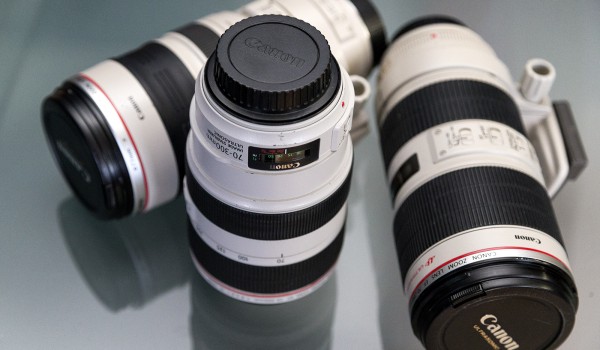
Aperture
As I explained before the aperture controls the amount of light allowed into the sensor and the depth of field (or zone that is in focus). It is also referred to as the F Stop. When you buy a lens it will tell you the lowest F Stop possible with that lens, ie. F/4. The lower the F Stop number the bigger or wider the aperture.
Starting with an F Stop of 1.4 if we add one stop we get an aperture of 2, then 2.8, 4, 5.6, 8, 11, 16 and 22. Some camera’s give ½ stops or 1/3 stops. This will allow you to go from a 1.4 to a 1.7 with a 1/3 or from a 1.4 to a 1.6 with a 1.3 stop.
With each stop you reduce the amount of light by half. So going from a F1.4 to 2 you reduce the amount of light by 50%.
When we are shooting weddings or we are in low light situations we want lenses with a max F Stop of at least 2.8. Typically the lower the maximum F Stop the more you pay for the lens. Most lenses have a maximum of 4-5.6. Well if I shoot with a 5.6 I have a ¼ the amount of light I would get with a 2.8. So as you can see in low light situations the more light you can get in the better. We will talk about shutter speed and ISO in another lesson. Increasing ISO will also increase noise which can produce images that don’t look that great. Having a slower shutter speed will increase light but opens the door for blurring. The rule of thumb in good light is you want a shutter speed at least as fast as the focal length. In low light you need to increase this.
Smaller apertures or larger F Stops create broader depths of focus but remember the amount of light getting in decreases. If I want to take a photograph of downtown at night I put my camera on a tripod and set the camera to AV mode (aperture mode). AV mode allows me to manually control the aperture. The camera then automatically adjusts the time. So in this scenario I set the F Stop to 22 and the photograph takes around 30 seconds. This is fine when the subjects are not moving but expecting people to stand absolutely still for 30 seconds is not going to happen. So you need to reduce the F stop to a place where you get the best quality photograph.
The aperture also controls the depth of field. The smaller the aperture the greater the depth of field. So if you want a small depth of field simply use a smaller F Stop. Often we want only part of the subject clearly in focus and the rest with a gentle blur. This can be accomplished by using a lower F Stop.
It is also worth pointing out again that the F stop= the focal length divided by the aperture. So as the focal length increases or the size of your zoom the aperture also increases. A F4 at a 400mm zoom or focal length requires 100mm of aperture while a 40mm zoom only requires 10mm of aperture. So which lens with an F Stop of 4 will have the shallower depth of field? The 400mm lens. Also the larger the focal length or zoom the less light that gets through the lens to the sensor.
A comment on Shutter Speed and Aperture
If I have my aperture at 1.4 and the shutter speed is 200/sec and then I change the aperture to 2.8 so that I have halved the amount of light then the shutter speed will reduce to allow the same amount of light. So in this case the shutter speed will be reduced to 100/sec or halve the time to allow twice the light in compared to the former shutter speed. Make sense? So you can control the amount of light getting to the sensor by changing the aperture or shutter speed. The slower the shutter speed the more light you allow. If you are trying to capture ambient lighting you need a slower shutter speed. In the above case the same amount of light is getting to the sensor by the camera changing the shutter speed.
On the camera you have several modes including T, AV and M modes. AV mode allows you to change the aperture with the camera automatically correcting the shutter speed based on your aperture selection. You could choose the T mode which gives you the ability to set the shutter speed and allow the camera to automatically change the aperture. M or manual mode allows you to set both the aperture and shutter speed. I use manual mode when I am using a flash and want to control not just the aperture but the shutter speed as well. In another lesson we will discuss flash photography.

Leave a Reply